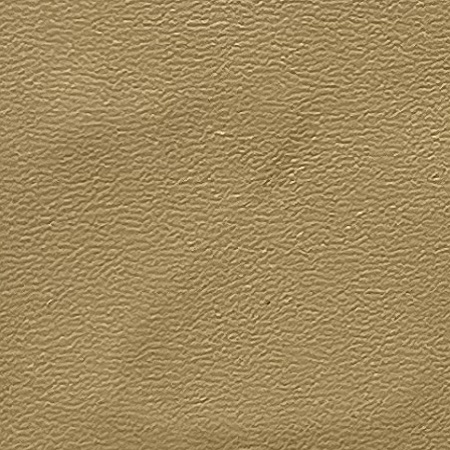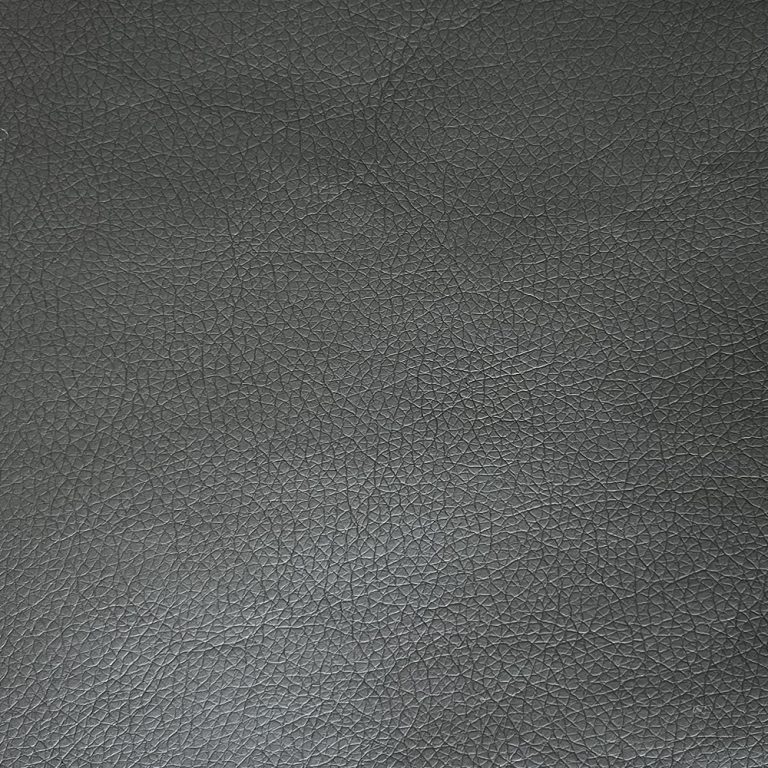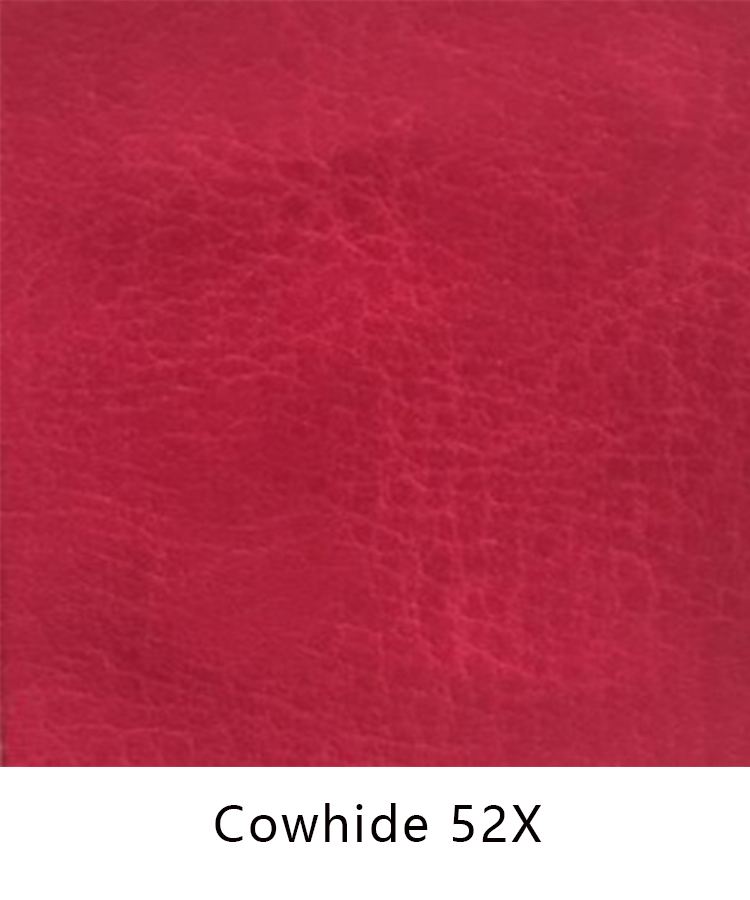Table of Contents
Pros and Cons of Shoe PU Upper Material
Shoe PU upper material, also known as polyurethane, is a popular choice for footwear due to its versatility and durability. PU is a synthetic material that can be made to mimic the look and feel of leather, making it a cost-effective alternative for manufacturers. In this article, we will explore the pros and cons of using shoe PU upper material in footwear.
One of the main advantages of shoe PU upper material is its affordability. PU is a synthetic material, which means it can be produced at a lower cost compared to natural materials like leather. This cost-effectiveness allows manufacturers to produce shoes at a lower price point, making them more accessible to a wider range of consumers. Additionally, PU is a versatile material that can be easily manipulated to create different textures and finishes, giving designers more creative freedom when designing footwear.
Another benefit of shoe PU upper material is its durability. PU is a strong and resilient material that can withstand wear and tear, making it a long-lasting option for footwear. Shoes made with PU uppers are less likely to scuff or scratch compared to shoes made with other materials, ensuring that they maintain their appearance over time. Additionally, PU is water-resistant, making it a practical choice for footwear that may be exposed to the elements.

Despite its many advantages, shoe PU upper material does have some drawbacks. One of the main disadvantages of PU is that it is not as breathable as natural materials like leather. This lack of breathability can lead to sweaty and uncomfortable feet, especially in hot weather. Additionally, PU is not as flexible as leather, which can affect the overall comfort and fit of the shoe. Some wearers may find that shoes made with PU uppers are stiffer and less comfortable compared to shoes made with natural materials.
Another potential downside of shoe PU upper material is its environmental impact. PU is a synthetic material that is derived from petrochemicals, which are non-renewable resources. The production of PU also generates greenhouse gas emissions, contributing to climate change. Additionally, PU is not biodegradable, meaning that shoes made with PU uppers will not break down naturally in the environment. As consumers become more conscious of the environmental impact of their purchases, the use of PU in footwear may become less desirable.
In conclusion, shoe PU upper material has both pros and cons that should be considered when choosing footwear. Its affordability, durability, and versatility make it a popular choice for manufacturers and consumers alike. However, its lack of breathability, flexibility, and environmental impact are important factors to keep in mind. Ultimately, the decision to use shoe PU upper material in footwear will depend on individual preferences and priorities.
How to Care for and Maintain Shoe PU Upper
Shoe PU upper, or polyurethane upper, is a popular material used in many types of footwear. It is known for its durability, flexibility, and water resistance, making it a great choice for shoes that need to withstand daily wear and tear. However, like any material, PU upper requires proper care and maintenance to ensure it stays in good condition for as long as possible.

One of the most important things you can do to care for your shoe PU upper is to clean it regularly. Dirt, dust, and other debris can build up on the surface of the material, causing it to look dull and worn. To clean your PU upper, simply wipe it down with a damp cloth or sponge. For tougher stains, you can use a mild soap or detergent mixed with water. Be sure to rinse the material thoroughly after cleaning to remove any residue.
In addition to regular cleaning, it is also important to protect your shoe PU upper from damage. Avoid exposing your shoes to extreme temperatures, as this can cause the material to crack or warp. If your shoes get wet, allow them to air dry naturally, away from direct heat sources. You can also use a waterproofing spray to help repel water and prevent stains.
Another important aspect of caring for shoe PU upper is to store your shoes properly when not in use. Avoid leaving them in direct sunlight or near heat sources, as this can cause the material to fade or become brittle. Instead, store your shoes in a cool, dry place, away from moisture and humidity. You can also use shoe trees or stuffing to help maintain the shape of your shoes and prevent them from creasing.
When it comes to maintaining your shoe PU upper, prevention is key. Regularly inspect your shoes for any signs of wear or damage, such as scuffs, scratches, or peeling. If you notice any issues, address them promptly to prevent further damage. You can use a shoe repair kit to fix minor imperfections, or take your shoes to a professional cobbler for more extensive repairs.
In addition to cleaning and protecting your shoe PU upper, it is also important to condition the material to keep it soft and supple. You can use a leather conditioner or moisturizer specifically designed for PU materials to help prevent cracking and maintain the material’s flexibility. Apply the conditioner to the surface of the material, using a soft cloth or brush to work it into the material. Allow the conditioner to dry completely before wearing your shoes.
| Product Name | Sort |
| Shoe Upper | S |
By following these tips for caring for and maintaining your shoe PU upper, you can help prolong the life of your footwear and keep them looking their best. With proper care and attention, your shoes will continue to provide you with comfort and style for years to come. Remember to clean, protect, store, inspect, and condition your shoes regularly to ensure they stay in top condition.







